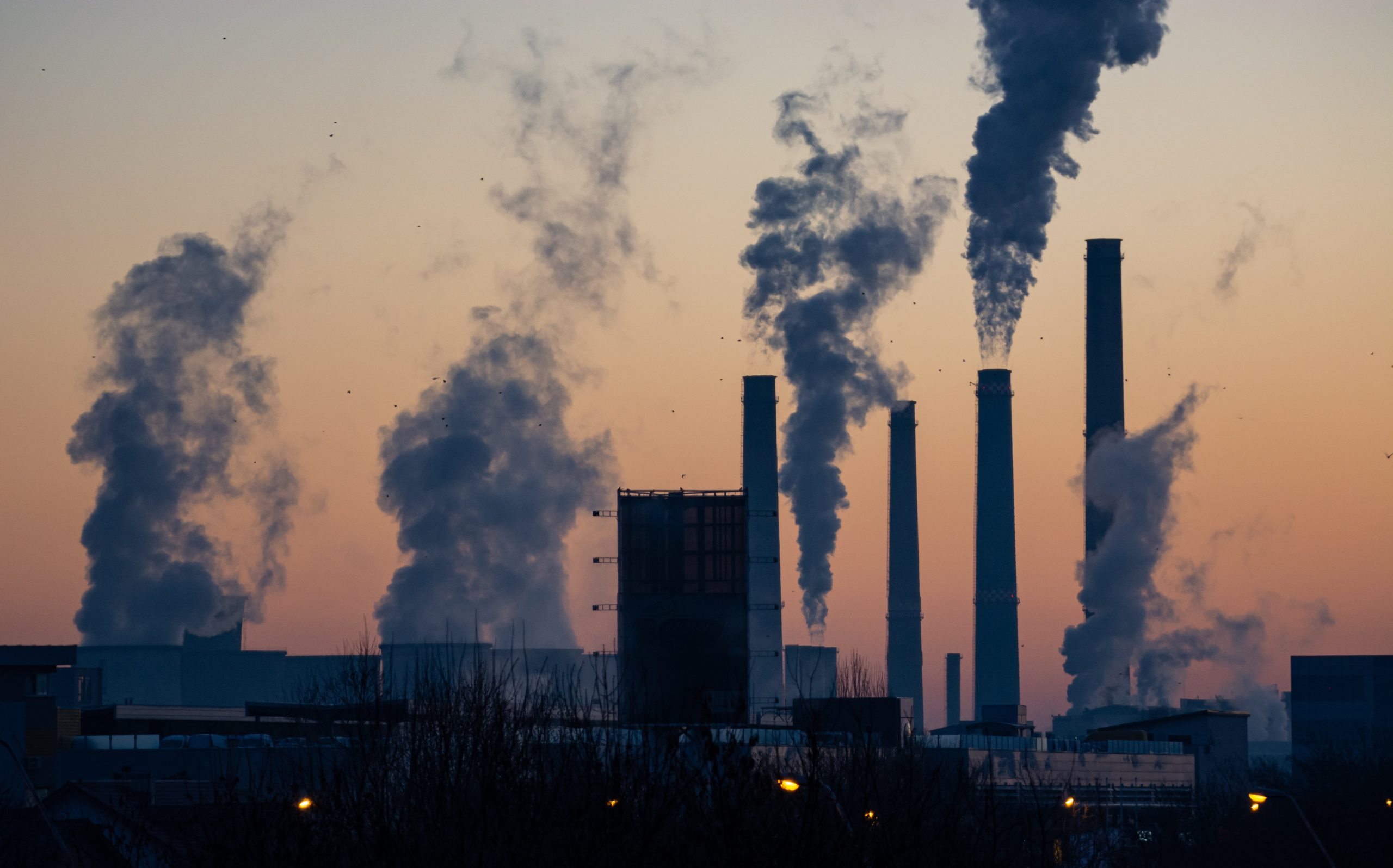
Since the election is coming up, here are some important facts about changes to federal environmental laws and policies that the mainstream press does not typically cover. A 2018 analysis published in the Journal of the American Medical Association reported that the Trump administration’s rollbacks and proposed reversals of environmental rules would likely “cost the lives of over 80,000 US residents per decade and lead to respiratory problems for many more than 1 million people.”[1] Since then, the Executive Branch has taken further actions to undo environmental protections despite scientific evidence, favoring industry over human health.
The NY Times has been tracking a list of exactly 100 rollbacks of environmental laws that are either completed or in the works right now. There are 68 completed and 32 in progress.[2] We will focus today on just 12 of the actions the current administration has taken since entering office:
- Abandoning The Paris Climate Agreement
The Paris Climate Agreement is a non-binding framework for global climate action, (non-binding meaning countries cannot be penalized for not following it). It includes the mitigation of and adaptation to climate changes, extra support for developing nations, and the strengthening and transparent reporting of climate goals including reduction of greenhouse gas emissions, by member countries. As of 2020, 190 of 197 countries, representing more than 97% of global greenhouse gas emissions, have ratified or agreed to the Agreement, including China, the United States and India. When the Trump administration withdraws the US, it will join Iran, Iraq Libya, Yemen and Turkey as the only major countries that have not ratified the agreement.
- Naming of Andrew Wheeler as Secretary of the US EPA in 2018
Andrew Wheeler is a former coal industry lobbyist who has expressed doubt regarding climate change and has questioned the legitimacy of the Intergovernmental Panel on Climate Change (IPCC), which is commissioned by the UN and made up of thousands of scientists from around the world. The IPCC issues a status report on global climate science every 5 years, and is considered the leading documentation of current climate science.
- Overhauling the National Environmental Policy Act (NEPA)
President Trump announced in July 2020 an overhaul of the National Environmental Policy Act, a fundamental environmental protection law established in 1970 that requires environmental impact statements to be developed for all major projects. The administration’s new rule speeds up construction permitting for freeways, power plants and pipelines, no longer requiring federal reviews of their environmental impact. The new rules shorten the time frame for completing environmental studies, limit the types of projects subject to review, and no longer require federal agencies to account for a project’s cumulative effects on the environment.
- Weakening Key Parts of the Endangered Species Act
The Endangered Species Act was established in 1973 by President Nixon, and has prevented the vast majority of listed species from going completely extinct. The Trump administration has changed how the Act is applied, weakening effective protections for threatened species of animals and plants, discouraging the designation of critical habitats, and allowing for economic factors when evaluating species-listing decisions, rather than basing those decisions solely on ecosystem science.
- Replacing the Clean Power Plan
The current administration is replacing previous policy with the “Affordable Clean Energy (ACE)” rule,[3] allowing states more power to determine how emissions are regulated, instead of establishing a set target for each state. This now allows for uneven regulation of emissions from state to state. It also determined that heat rate improvement (HRI) measures are the best system of emission reduction (BSER) for existing coal-fired generating units rather than actual carbon capture and storage technology. This was challenged by New York and 21 other States with the concern that ACE does not truly reduce emissions. It is estimated that this change could lead to as many as 1,400 additional air pollution deaths a year by 20302
At the announcement, the then acting Chief of Staff Mick Mulvaney for the White House said that US emissions are “flat or down.” That is actually incorrect . In fact, prior to the covid pandemic, energy-related greenhouse gas emissions were rising, reversing a previous three-year decline—for example they rose in 2018 by 3.4 percent, the second-largest margin in 20 years.[4]
On a related note: In 2019, the Trump administration Repealed Energy Conservation Standards for General Service Light bulbs. This means withdrawing standards that were to be put in place to make commonly used bulbs more efficient. The original standards were included in energy legislation implemented under President George W. Bush and finalized under the Obama administration. They were set to go into effect in January 2020 and gradually phase out incandescent and halogen bulbs, replacing them with highly energy-efficient, LED versions. Critics of the reversal say it will mean higher energy bills and more pollution.
- Rolling back safeguards to limit methane leaks in the transmission and storage of natural gas
Methane very effectively traps heat in the atmosphere, making it one of the most potent greenhouse gases. A change to EPA rules has reduced the frequency by which oil and gas companies must detect and repair methane leaks. Scientists say that the scale of methane pollution could be driving the planet toward a climate crisis faster than expected.
The move was justified by citing E.P.A. data showing that leaks from domestic oil and gas wells have remained steady over the past decade. However an earth systems scientist at Cornell University says that numerous recent studies show that methane emissions from drilling sites in the United States are two to three times higher than the E.P.A.’s estimates.[5]
- Pesticides
This year 2020, the Trump administration’s EPA Rejected a proposed ban on chlorpyrifos, a pesticide linked to developmental disabilities in children. Meanwhile several states have already banned the use of Chlorpyrifos because it is a brain-damaging chemical that can cause reduced IQ, loss of memory, & ADD.
In December 2019 the EPA and Justice Department filed a brief supporting the company Bayer’s argument that Roundup weed killer didn’t require cancer warning. (Bayer has acquired the chemical’s manufacturer Monsanto.) Meanwhile, the World Health Organization, declared the active ingredient glyphosate to be a ‘probable human carcinogen’ in 2015. Besides causing tumors in animal trials, glyphosate exposure has been linked to non-Hodgkin’s lymphoma, a cancer of the immune system.
- The Trump administration repealed the “Waters of the U.S. “ Rule (also known as “WOTUS”) in September 2019.
The law was established to protect wetlands which are the best natural barriers to storm surges and flooding, and they also help keep agricultural pollution out of our waterways. Instead the rule was replaced with replaced by the Navigable Waters Protection Rule. The U.S. Geological Survey has estimated that the new rule will remove federal protections for 18 percent of stream and river miles and 51 percent of wetlands in the United States putting protections at their lowest levels since the Reagan administration in the 1980s and leaving millions of Americans vulnerable to polluted water. The Trump administration also revoked a rule that prevented coal and fracking companies from dumping mining debris into local streams.
- In March 2020, the administration’s EPA Issued new Corporate Average Fuel Efficiency (or CAFE) standards for vehicles.
It requires automakers to increase fuel economy across their fleets by 1.5% a year, with a goal of achieving an average of about 40 miles per gallon by 2026. However, that’s a major departure from previous rules, which mandated annual efficiency increases of 5%, reaching an average of 54 mpg by 2025. One report stated that this is projected to result in an additional billion tons of carbon dioxide, increasing annual U.S. emissions by about one-fifth.
Also, California wants to require automakers to be held to higher emissions standards under the Clean Air Act. The Trump Administration, however is attempting to revoke California’s right to do so. In the agreement between CA and manufacturers on fuel economy standards, automakers pledged to produce passenger vehicles averaging 50 miles per gallon by model year 2026, which is in line with Corporate Average Fuel Economy standards set by the Obama administration. However, as mentioned, the White House wanted to roll back the requirements with a single, federal guideline that sets mileage standards at 40 mpg from 2020 to 2026, or 10 miles per gallon less.
- Drilling for fossil fuels on Public Lands
In 2018, the US Dept. of Interior announced plans to allow drilling in nearly all U.S. waters, the largest expansion of offshore oil and gas leasing ever proposed. This Included plans for opening the entire 1.5 million acre coastal plain of the Arctic National Wildlife Refuge to drilling. The Arctic Wildlife Refuge is an iconic American natural ecosystem Established in 1960 by President Dwight D. Eisenhower, which sustains a diverse wildlife population — including caribou, peregrine falcons, snowy owls, and polar bears. If the Arctic Refuge is opened to drilling, the projected extraction through 2050 would release the equivalent of the annual carbon emissions from over 50 coal plants.[6]
Related, a study published in the journal Science in 2019 noted that in 2017, the Trump administration enacted two of the largest downsizes of protected lands in US history; Grand-Staircase Escalante National Monument in southern Utah lost 51% of its protected land, and 85% of Bears Ears national monument, also in Utah lost its protections. With those actions, land twice the size of Rhode Island came out of federal protection. These decisions are currently under litigation. The US government has identified nine other National Monuments in the United States for downgrading or downsizing. In 2019, Trump signed an Executive Order Calling for an increase of Logging on Public Lands.
Also see National Geographic: https://www.nationalgeographic.com/news/2017/03/how-trump-is-changing-science-environment
[1] Cutler D, Dominici F. A Breath of Bad Air: Cost of the Trump Environmental Agenda May Lead to 80 000 Extra Deaths per Decade. JAMA. 2018;319(22):2261–2262. doi:10.1001/jama.2018.7351
[2] https://www.nytimes.com/interactive/2020/climate/trump-environment-rollbacks-list.html
[3] https://www.epa.gov/sites/production/files/2018-08/documents/utilities_ria_proposed_ace_2018-08.pdf
[4] https://www.vox.com/2019/1/8/18174082/us-carbon-emissions-2018
[5] https://www.nytimes.com/2020/08/13/climate/trump-methane.html

